EMDR & AF-EMDR
What is it?
EMDR stands for Eye Movement Desensitization and Reprocessing, and while the name might sound a little technical, the process itself is gentle and deeply healing. It’s a therapy approach that helps your brain process painful or stuck experiences so that they no longer feel overwhelming in the present.
When something distressing happens, especially something traumatic, your brain sometimes doesn’t get a chance to fully process it. It’s like the experience gets “stuck” in your nervous system, and parts of it, like the emotions, body sensations, or negative beliefs about yourself, keep getting triggered, even years later.
What Makes It Attachment-Focused?
At Sage Wellness KC, we use an Attachment-Focused lens because we believe healing happens not just by clearing old trauma, but by also meeting the unmet emotional needs underneath.
Attachment-Focused EMDR, developed by Dr. Laurel Parnell, blends traditional EMDR with the wisdom of attachment theory, which acknowledges how early relationships shape our sense of safety, self-worth, and connection with others.
Instead of jumping into trauma memories right away, this approach slows down, builds emotional safety, and gently nurtures the parts of you that may have never felt seen, protected, or truly understood.
Traditional EMDR
Uses standardized 8-phase protocol
Begins reprocessing earlier in treatment
Focuses primarily on traumatic events
Therapist is more neutral
Can feel technical or fast-paced
Attachment-Focused EMDR
Uses same core phases, but flexibly adapted
Spends more time building safety and resourcing
Explores unmet attachment needs and wounds
Therapist is relational, warm, and attuned
Feels nurturing, emotionally safe, and client-led
What’s the process?
Resourcing – We start by building safety resources. You’ll learn calming tools and ways to stay grounded, like a creating peaceful place, and breathing techniques. Then we will create a team of resources such as protective, nurturing, and wise figures.
Targeting the Memory – When you're ready, we’ll identify a memory that feels connected to the trauma. This includes the image, the emotions, the body sensations, and the negative belief you hold about yourself (like “I’m powerless” or “I’m not good enough”).
Bilateral Stimulation – While focusing on that memory, we use bilateral stimulation, gentle back-and-forth movements (like eye movements, tapping, or sounds). This part activates both sides of your brain, helping it “digest” what happened.
Processing – During this phase, your brain starts making connections. Emotions may come up, images may shift, and you may begin to see things in a new light. Often, the charge around the memory begins to fade. People describe this as the memory losing its emotional “sting.”
New Beliefs – As the distress decreases, we help strengthen a more empowering belief, like “I am safe now” or “It wasn’t my fault.” Your brain starts to hold the memory in a new, healthier way.
Body Scan & Closure – We check in with your body and help it release any leftover tension. We make sure you feel grounded before the session ends. EMDR always includes time to help you return to calm.
Who Is This For?
Attachment-Focused EMDR is especially helpful if you:
Struggle with self-worth, trust, or people-pleasing
Feel stuck in patterns of anxiety, perfectionism, or emotional numbing
Have experienced childhood neglect, abuse, or inconsistent caregiving
Want to heal not just the event, but the loneliness and fear that came with it
Are seeking a therapy that honors both your mind and your heart
Why It Works
“What is shareable becomes bearable.” – Dr. Dan Siegel
Attachment-Focused EMDR helps you heal in connection, with a therapist who’s attuned, present, and emotionally available. It restores your natural capacity for joy, trust, and wholeness by rewiring how you see yourself and others, not just how you remember events.
“I use Attachment-Focused EMDR because I have seen how powerful it can be in healing not just trauma, but the deeper attachment wounds that affect how we relate to ourselves and others. For me, it is about creating safety, compassion, and connection so clients feel supported as they build resilience, self-worth, and wholeness.”




